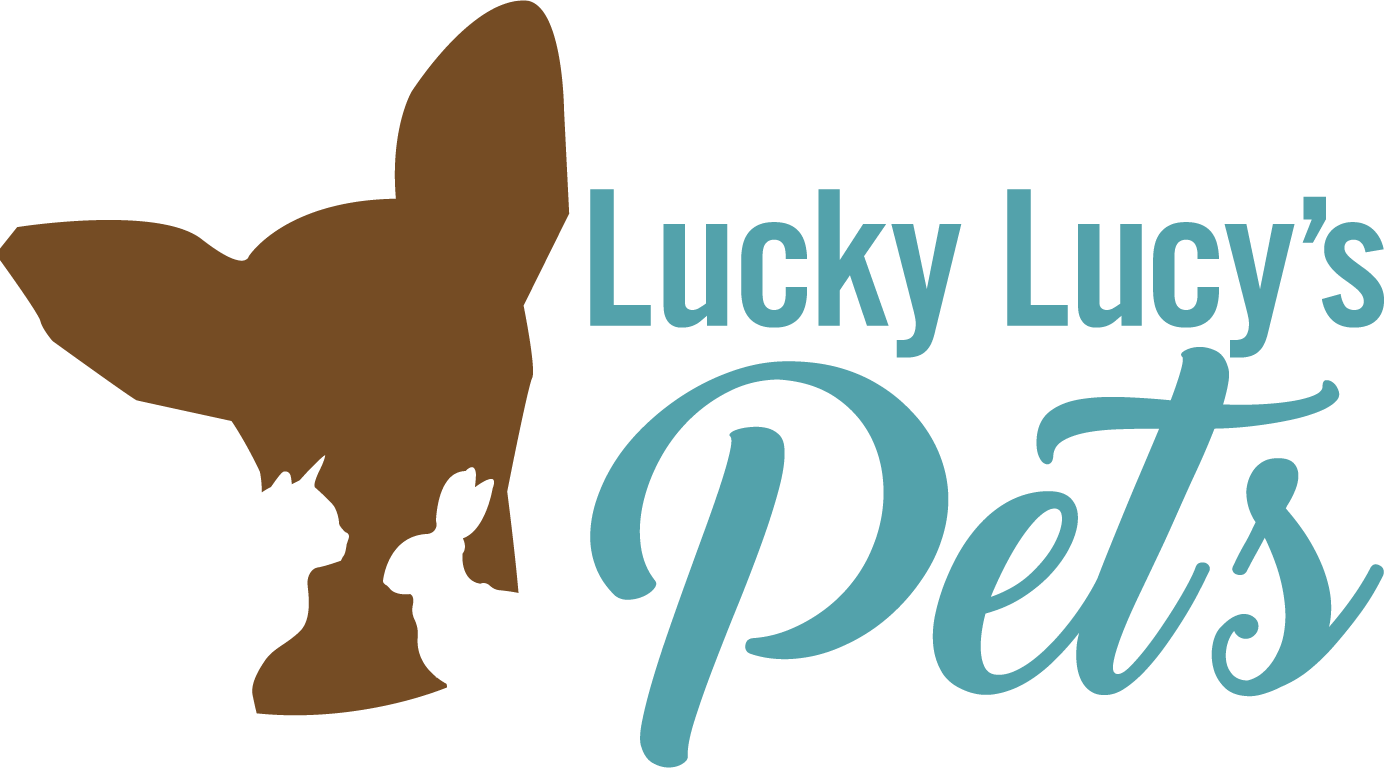Lucky Lucy’s Pets is a dog walking and pet sitting company in the Greater Boston area. Established in 2012, LLP focuses on quality and professional care for your family members that aren’t humans.
dog handling tips
Proper dog handling is essential for the safety, comfort, and control of every walk or interaction. It’s more than just holding a leash—it’s about reading body language, managing leash technique, guiding behavior, and preventing conflict. A professional who understands dog handling builds trust with both pets and their people, ensures safe socialization, and can confidently respond to any situation. Good handling isn’t optional—it’s the foundation of responsible, skilled pet care.
dog on dog introductions
Introducing dogs the right way prevents fear, stress, and potential aggression. Dogs rely on body language and space to feel safe, and a rushed or forced greeting can lead to fights or lasting tension. Proper introductions—done slowly, on neutral ground, and with close observation—build positive associations and set the tone for healthy relationships. For pet professionals, mastering safe introductions shows skill, protects every dog involved, and gives clients peace of mind.
Positive Introductions
The first introduction between dogs is the most important. Always introduce dogs in an open, neutral space. This could be on a walk a few houses away from their home or even in a field.
Don’t: Introduce dogs in a home where one dog may feel territorial over it, a tight space, or a chaotic environment.
Parallel walking/butt sniffing
Let dogs walk side-by-side on a leash, at a distance. Gradually close the gap between the two. If it’s just you walking two dogs, keep each dog on either side of you and utilize tightening and loosening the leash to allow them to smell each others butts. Maintain a “sniff and go” method, letting one dog sniff briefly then gently guiding away, no lingering.
Don’t: Let the leashes get tangled or to linger too long on the greeting. Even a friendly greeting can turn to an overstimulated escalation.
body language
Watch body language! Look for loose wagging tails, soft eyes, relaxed ears. Rigid body language, raised hair (hackles up their back) and baring teeth is not a sign to go ahead.
Don’t: Avoid face to face interactions, and never force interactions if one dog is stiff, lip-licking, growling or trying to escape the situation.
leash etiquette & techniques
Proper leash handling keeps dogs safe, controlled, and confident on walks. It prevents pulling, tangles, and unexpected lunges while allowing for smooth communication between handler and dog. Using techniques like anchor and control hands gives structure and balance, especially with multiple dogs. For professionals, strong leash skills show expertise and ensure safe, enjoyable walks every time.
Anchor & control hand
Choose one of your hands to hold the leash on, this will be in your anchor hand. The other hand as your control hand. Your anchor hand will provide a solid steady point of control while your control hand will be the “steering wheel”. Control hand will be able to adjust the slack, shorten or lengthen leashes, and gives leash cues.
Don’t: Let the control hand move too far from your body. Holding the leash too loosely can reduce reaction time.
leash lock
A leash lock is a technique of wrapping or threading a leash through your fingers that creates a temporary “lock”. It’s helpful to keep extra control in a tense moment and allows you to let go of the leash without it getting stuck on your wrist/hand.
Don’t: Use a leash lock if a dog is in panic mode.
Gather & slide
A smooth, controlled way to shorten or lengthen the leash without sudden jerks or dropping tension completely. With your control hand, gather sections of the leash toward your anchor hand, as you’re walking you can slide the leash through your control hand if you want to give more slack.
Don’t: Let the leash out too quickly. It can cause sudden pulling, lunging, or tangling.
walking apparatuses
Using the correct walking apparatus ensures safety, comfort, and control for both the dog and the handler. The right fit can prevent pulling, reduce the risk of injury, and make walks more enjoyable and manageable—especially for dogs in training or with behavioral issues. For professionals, it shows expertise, improves handling, and builds trust with clients by prioritizing each dog’s individual needs.
Front clip harnesses
✅ Redirects pulling gently
✅ Reduces pressure on the neck
✅ Offers better steering control
⚠️ Not ideal for heavy chewers or escape artists if not fitted properly.
martingale collars
Best for: Dogs with narrow heads (like greyhounds), leash-trained dogs who slip out of regular collars
✅ Tightens just enough to prevent slipping
✅ Safer than choke chains
✅ Great for controlled walks when used correctly
⚠️ Should only be used during walks—not left on unsupervised.
Head Halter (Gentle Leader, Halti)
Best for: Strong pullers, reactive dogs, dogs needing redirection
✅ Gives control over the head = control over the body
✅ Helpful in managing reactivity or lunging
✅ Encourages calm walking posture
⚠️ Requires acclimation—some dogs hate the feel at first and need slow, positive introduction.









